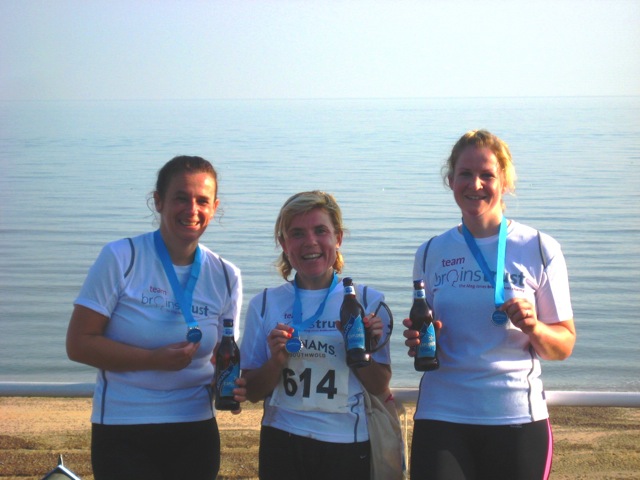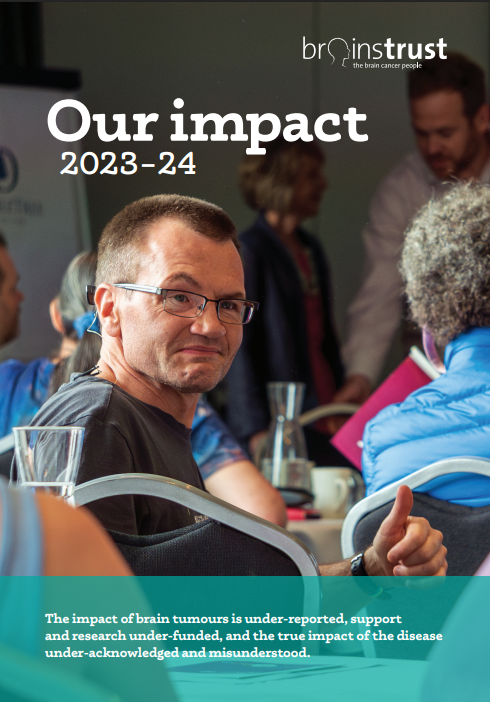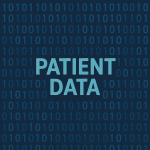
Kirsty Lovick began running to relax and clear her mind after her Dad, Richard, was diagnosed with a brain tumour. She has since raised over £2,800 to help brain tumour patients and carers across the country.
Kirsty (on the right in the picture) has kindly shared with us her moving story about running to remember her Dad, and to help others who are battling a brain tumour. It’s moving stuff, so hanky at the ready…
“As a nurse I want to be able to make a difference to my patients, and I know that this is what brainstrust do.”
I began running soon after dad’s diagnosis as an escape to clear my mind and to relax, in September 2010 with three other nurses from my ward we ran a 10k raising a large amount of money for cancer research.
Dad wanted to cheer us on but he was too unwell to come with us, it wasn’t until we were on the home straight and there he was waiting for us at the finishing line, he had got mum to take him to see us finish, needless to say we all crossed the line in tears. He was so proud of his girls.
In the November we again ran this time doing the Adnams 10k around the iconic Southwold town ‘just for fun!’ Dad by this time was in a wheelchair but waited again at the finishing line for us. Dad loved his pint of Adnams and the bottle of the beer in our goody bag was his treat.
“In November 2011 we ran in memory of dad, every step, every time I struggled I just imagined him being there at the finishing line waiting for us.”
When Dad was first diagnosed we came across brainstrust and the support and information we received was fantastic, we knew this was a charity that was well worth raising money for. As a nurse I want to be able to make a difference to my patients, and I know that this is what brainstrust do.
The donations from Dad’s funeral we collected went to brainstrust, with over 400 people there, we were overwhelmed. We didn’t stop there, the nurses running team decided to take part in the Adnams 10k again and in November 2011 we ran in memory of dad, every step, every time I struggled I just imagined him being there at the finishing line waiting for us. We all knocked minutes off our previous times all coming in under an hour and we raised our bottles of Adnams at the end to dad.
“We have vowed to run the Adnams 10k every year in memory of dad in our brainstrust t-shirts until we can no longer run!”
We are very proud to have raised £2,800 from donations from dad’s funeral & sponsorship from our run, we could never have achieved this without the fantastic support from our family and friends. We have vowed to run the Adnams 10k every year in memory of dad in our brainstrust t-shirts until we can no longer run! The family are going on dad’s Carribean cruise this April, we will do as he would have done and live every single day to the full.
To read Richard Raven’s story, click here. If you need help, support or advice, or would like to support our work then simply call us on 01983 292405.








